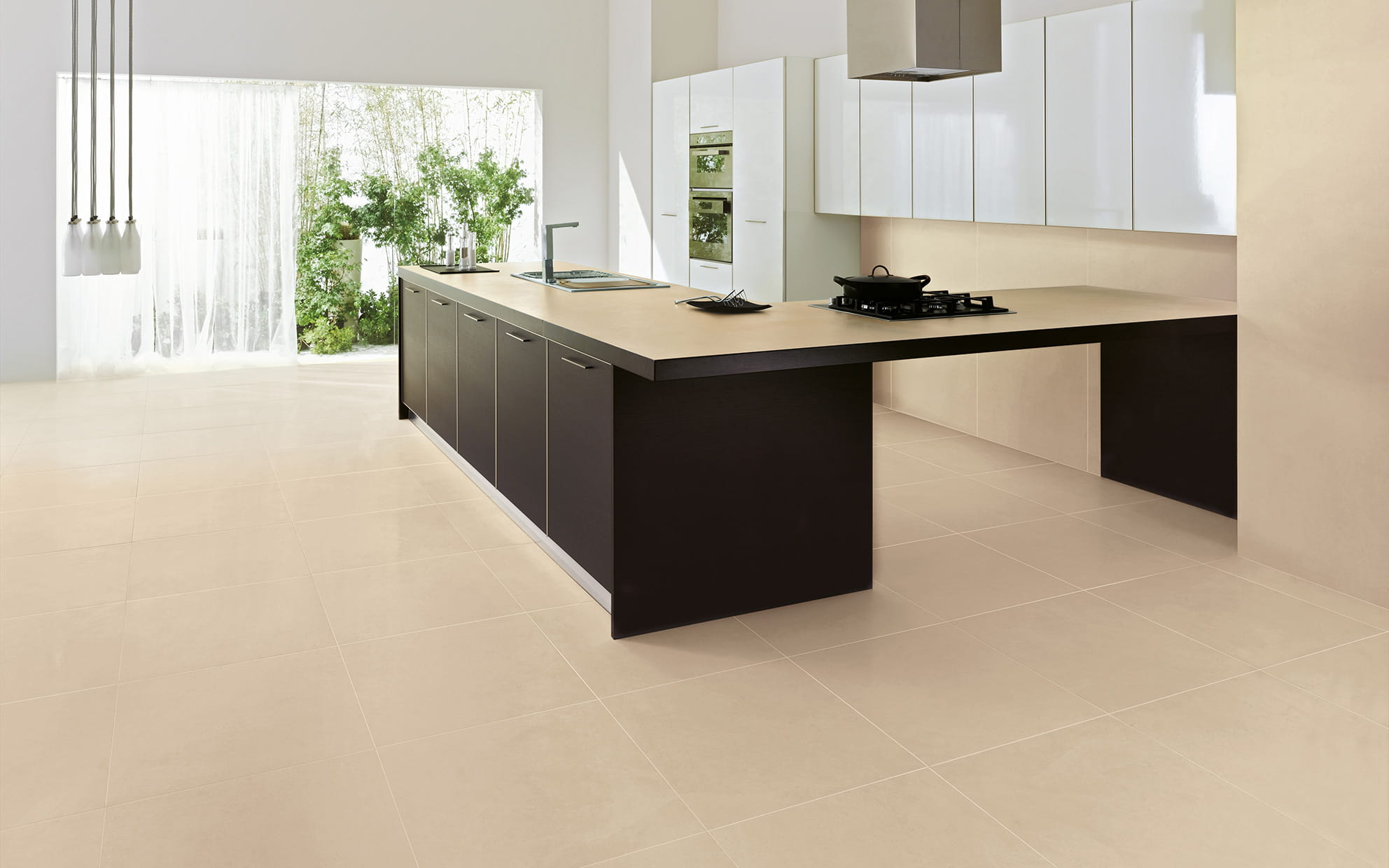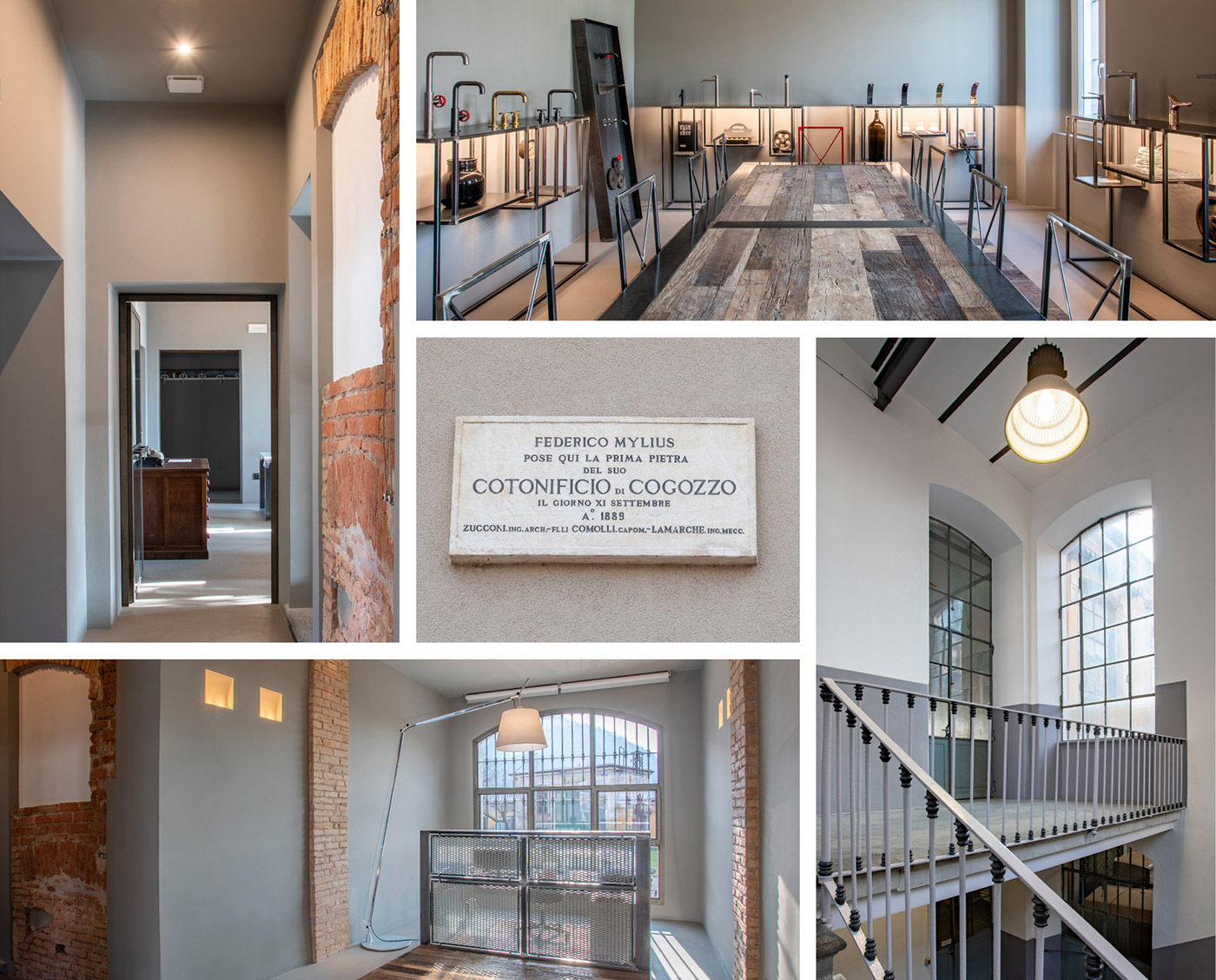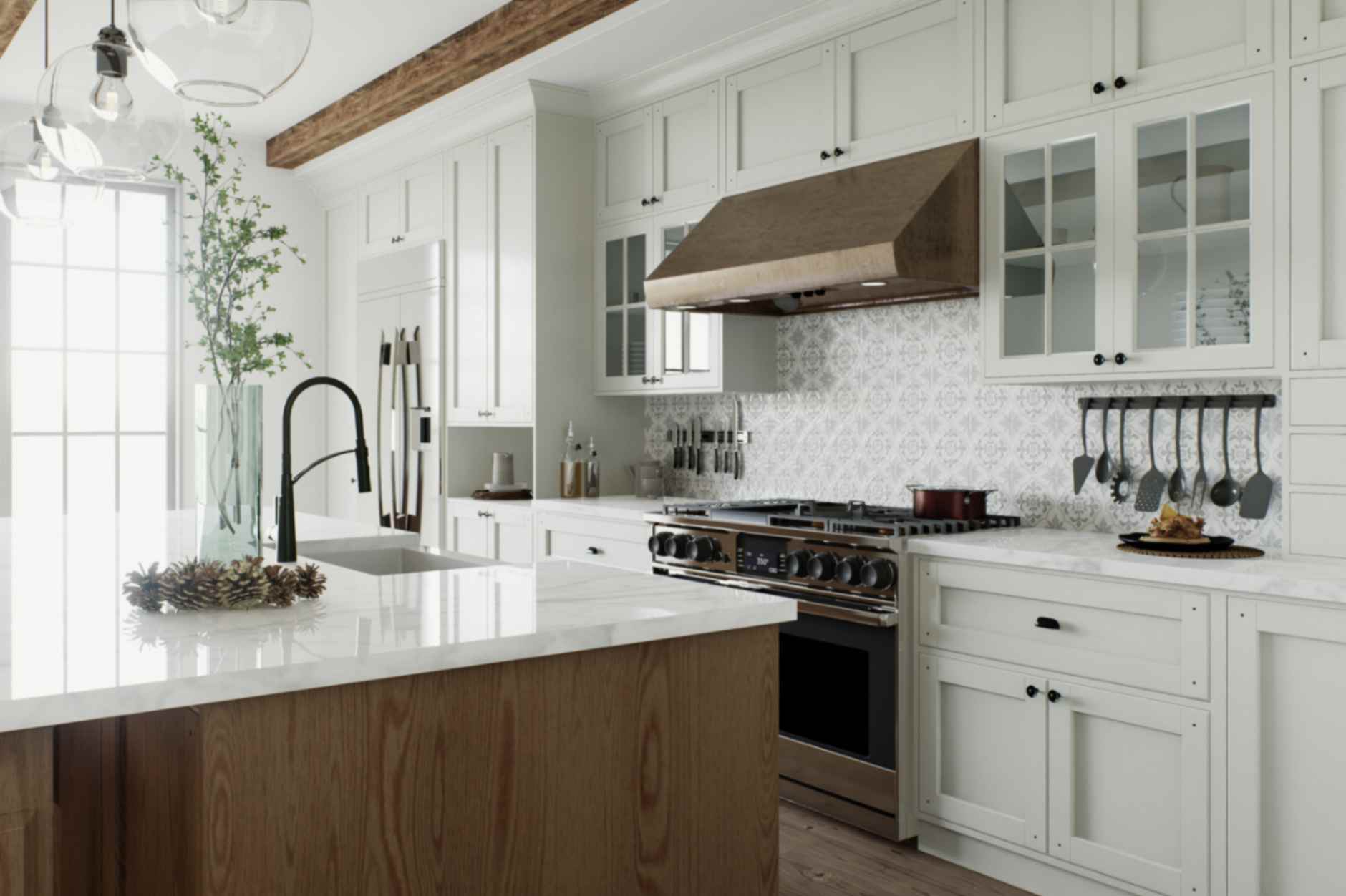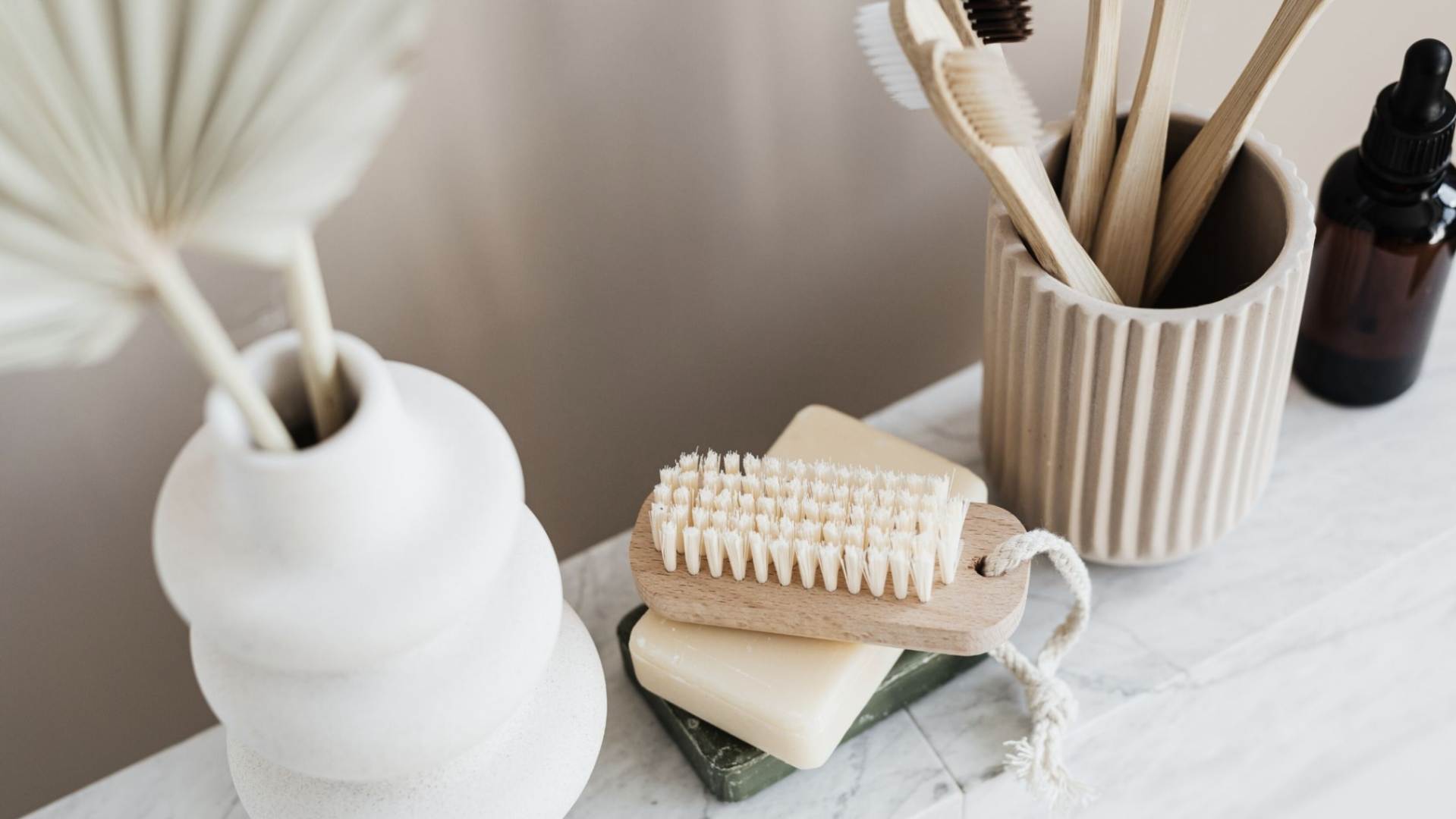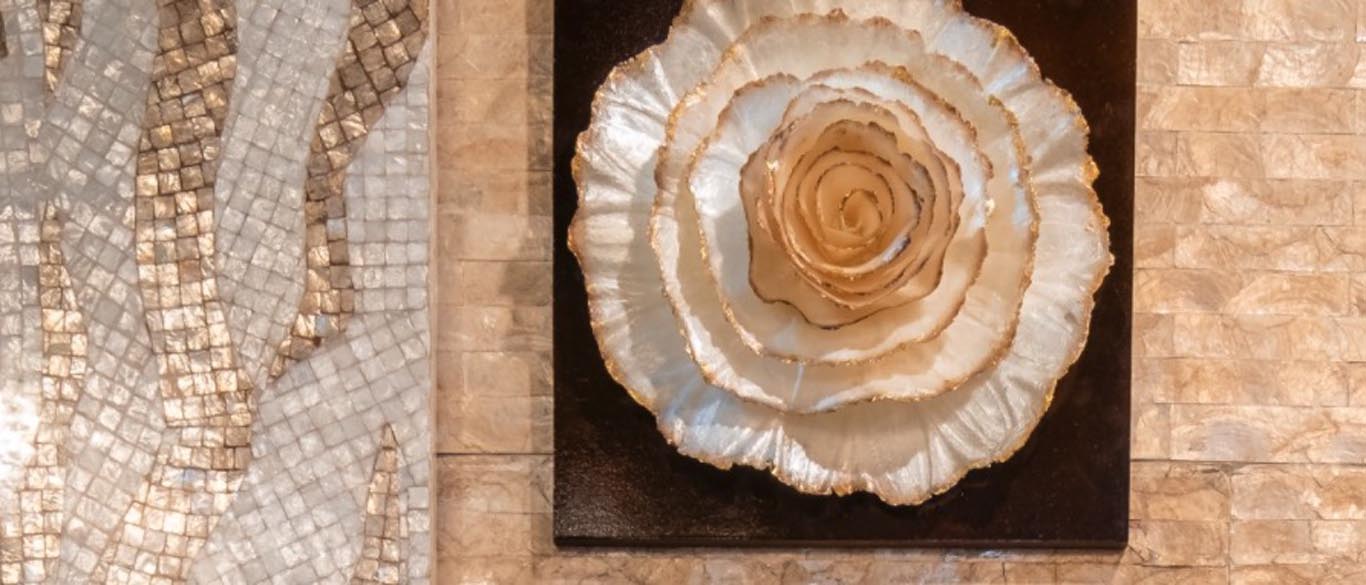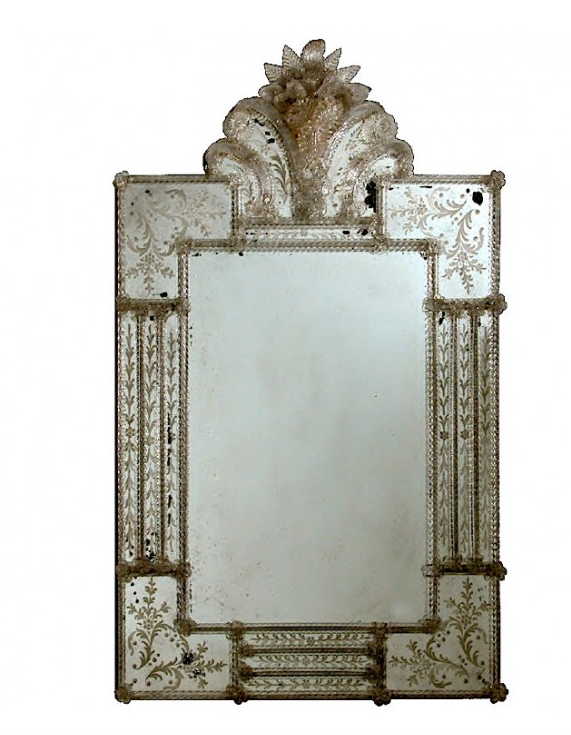John Singer Sargent at the National Portrait Gallery, Smithsonian
While much of the city is on self-imposed quarantine as we figure out Covid-19, most of our museums are still open (for now) and there is one show you can't miss if you are in Washington, John Singer Sargent: Portraits in Charcoal. As most of you are not here in Washington and won't be traveling in the near future, I thought I would share some of my favorite pieces. One of my favorite things about the exhibit, other than the art of course which is naturally in B&W, is the galleries are painted in a wide range of colors to keep things from being sterile. Much of the paper varies in tone and white walls would have made the drawings appear dirty. We need more color in our museums! While we may all know Sargent for his portraiture, he quit oil portraits in 1907 to concentrate on other things. However, he continued to do charcoal sketches for his friends and those who interested him in the worlds of art. I'll start with Sargent's 1912 sketch of art collector Sir Philip Sassoon, lent from the collection of Houghton Hall. Sassoon collected Sargent's works which were displayed at his London house where he would organize exhibitions. He was the youngest member of parliament at age 24 in 1912, the year he inherited a vast fortune, and remained a member until his early death. Nearby hangs a portrait of Philip's sister, Sybil Sassoon, Marchioness of Cholmondeley, also painted by Sargent in 1912 at the age of 18. See how the colored wall help the portrait? Sybil became a Marchioness through marriage and spent her life restoring Houghton Hall. Next we have this 1923 portrait of Lady Elizabeth Bowes-Lyon, better known as Queen Elizabeth, the Queen Mother, lent by her daughter, Her Majesty Queen Elizabeth II. This was sketched shortly before her marriage to the Duke of York who later became king. Above is a 1914 sketch of Lady Diana Manners, better known as Diana Cooper. Cooper would lead one of the 20th centuries most interesting lives crossing from her aristocratic background into intellectual and even acting worlds. I love that she refused later in life to be known by her grand title, 'Viscountess Norwich', because she thought it sounded like "porridge". The author Henry James was one of Sargent's close friends and was painted by him numerous times but this sketch from 1912 was commissioned by their mutual friend Edith Wharton. Dissatisfied with the likeness, Sargent gave the work to George V for his collection of recipients of the Order of Merit (as one does....giving a cast-off to a king!). This portrait is also lent to the exhibition by Her Majesty Queen Elizabeth II. Possibly the most interesting to me personally is this portrait of William Adams Delano from 1922. The architect is known for his collaboration with Chester Holmes Aldrich (Delano & Aldrich) but also taught at Columbia. Delano became friendly with Sargent during his work on the Grand Central Art Galleries which Sargent had a hand in founding. Arguably the most famous portrait in the exhibition is of William Butler Yeats from 1908 commissioned for his first volume of collected poetry. Oddly enough Yeats appears younger than his 43 years in the portrait; drawing being the original Instagram filter, haha! The last portrait I'll share is a rare self-portrait of Sargent dating to 1902. The artist is only known to have completed 6 self-portraits in his lifetime because he found it boring and was never satisfied with the results. I don't know why, it looks pretty great to me (though I'm also loath to take selfies)! Portraits in Charcoal is open now through May 31, 2020 at the National Portrait Gallery here in Washington. Don't miss it!
As most of you are not here in Washington and won't be traveling in the near future, I thought I would share some of my favorite pieces.
One of my favorite things about the exhibit, other than the art of course which is naturally in B&W, is the galleries are painted in a wide range of colors to keep things from being sterile. Much of the paper varies in tone and white walls would have made the drawings appear dirty. We need more color in our museums!
While we may all know Sargent for his portraiture, he quit oil portraits in 1907 to concentrate on other things. However, he continued to do charcoal sketches for his friends and those who interested him in the worlds of art.
I'll start with Sargent's 1912 sketch of art collector Sir Philip Sassoon, lent from the collection of Houghton Hall. Sassoon collected Sargent's works which were displayed at his London house where he would organize exhibitions. He was the youngest member of parliament at age 24 in 1912, the year he inherited a vast fortune, and remained a member until his early death.
Nearby hangs a portrait of Philip's sister, Sybil Sassoon, Marchioness of Cholmondeley, also painted by Sargent in 1912 at the age of 18. See how the colored wall help the portrait? Sybil became a Marchioness through marriage and spent her life restoring Houghton Hall.
Next we have this 1923 portrait of Lady Elizabeth Bowes-Lyon, better known as Queen Elizabeth, the Queen Mother, lent by her daughter, Her Majesty Queen Elizabeth II. This was sketched shortly before her marriage to the Duke of York who later became king.
Above is a 1914 sketch of Lady Diana Manners, better known as Diana Cooper. Cooper would lead one of the 20th centuries most interesting lives crossing from her aristocratic background into intellectual and even acting worlds. I love that she refused later in life to be known by her grand title, 'Viscountess Norwich', because she thought it sounded like "porridge".
The author Henry James was one of Sargent's close friends and was painted by him numerous times but this sketch from 1912 was commissioned by their mutual friend Edith Wharton. Dissatisfied with the likeness, Sargent gave the work to George V for his collection of recipients of the Order of Merit (as one does....giving a cast-off to a king!). This portrait is also lent to the exhibition by Her Majesty Queen Elizabeth II.
Possibly the most interesting to me personally is this portrait of William Adams Delano from 1922. The architect is known for his collaboration with Chester Holmes Aldrich (Delano & Aldrich) but also taught at Columbia. Delano became friendly with Sargent during his work on the Grand Central Art Galleries which Sargent had a hand in founding.
Arguably the most famous portrait in the exhibition is of William Butler Yeats from 1908 commissioned for his first volume of collected poetry. Oddly enough Yeats appears younger than his 43 years in the portrait; drawing being the original Instagram filter, haha!
The last portrait I'll share is a rare self-portrait of Sargent dating to 1902. The artist is only known to have completed 6 self-portraits in his lifetime because he found it boring and was never satisfied with the results. I don't know why, it looks pretty great to me (though I'm also loath to take selfies)!
Portraits in Charcoal is open now through May 31, 2020 at the National Portrait Gallery here in Washington. Don't miss it! 
